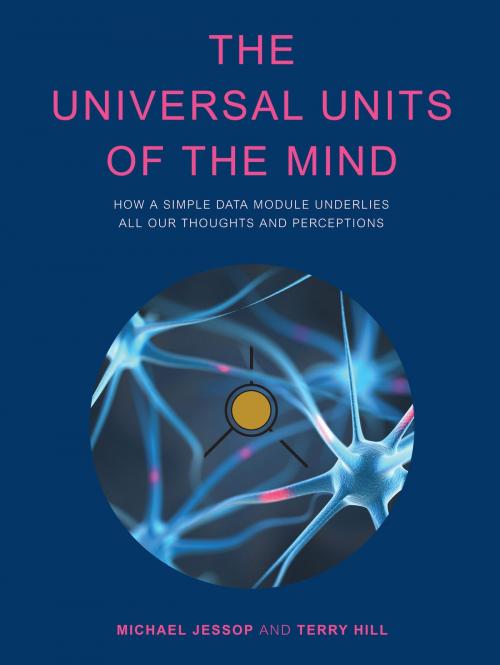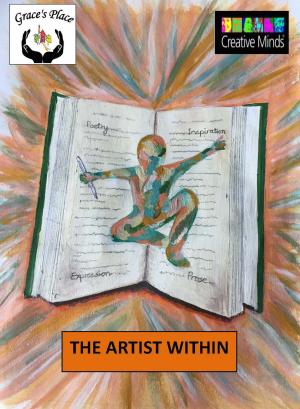| Author: | Michael Jessop, Terry Hill | ISBN: | 1230002375564 |
| Publisher: | yorkpublishing | Publication: | June 13, 2018 |
| Imprint: | AMD Publishing UK | Language: | English |
| Author: | Michael Jessop, Terry Hill |
| ISBN: | 1230002375564 |
| Publisher: | yorkpublishing |
| Publication: | June 13, 2018 |
| Imprint: | AMD Publishing UK |
| Language: | English |
How a simple data module underlies all our thoughts and perceptions.
The biology of our brains is reasonably well understood through research and our knowledge of the laws of chemistry and ultimately physics. Our minds and our day-to-day experiences depend on the operation of the brain, yet the nature of these experiences has a quality that is somehow unlike the biological processes involved. We are proposing in this book that there are two distinct entities at work here: biological processes that are governed by the laws of physics and chemistry, and information processes governed by a separate set of rules that underpin how information is structured and manipulated. It is only when these two processes fuse together, each operating under its own set of rules, that our minds come into being and we can actively experience the world. We believe there are about 20 rules. The most important of these is the rule that everything we experience is represented in our minds in a standard form. Not just objects such as cats and trees and mountains, but also Pythagoras’s theorem, music and feelings of delight – a single data standard to represent movement, relationships in time and space, a structure for our memories, our ideas and our dreams. Only when information is held in this standard form can the rules of the mind produce for us that unity of consciousness we experience throughout our lives.
How a simple data module underlies all our thoughts and perceptions.
The biology of our brains is reasonably well understood through research and our knowledge of the laws of chemistry and ultimately physics. Our minds and our day-to-day experiences depend on the operation of the brain, yet the nature of these experiences has a quality that is somehow unlike the biological processes involved. We are proposing in this book that there are two distinct entities at work here: biological processes that are governed by the laws of physics and chemistry, and information processes governed by a separate set of rules that underpin how information is structured and manipulated. It is only when these two processes fuse together, each operating under its own set of rules, that our minds come into being and we can actively experience the world. We believe there are about 20 rules. The most important of these is the rule that everything we experience is represented in our minds in a standard form. Not just objects such as cats and trees and mountains, but also Pythagoras’s theorem, music and feelings of delight – a single data standard to represent movement, relationships in time and space, a structure for our memories, our ideas and our dreams. Only when information is held in this standard form can the rules of the mind produce for us that unity of consciousness we experience throughout our lives.















